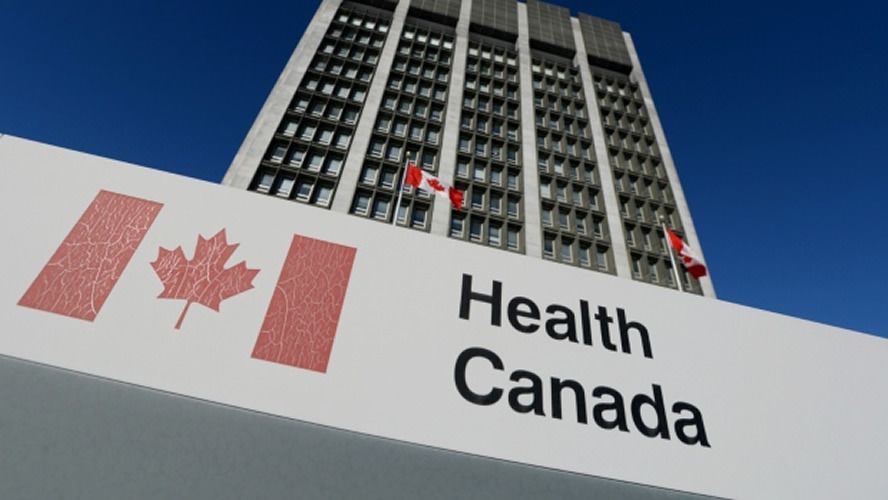Curaleaf’s $275 million syndicated loan facility announced Friday shows that capital markets are indeed open for companies with positive EBITDA and specific revenue and profit targets.
At our recent Investor Intelligence Conference, we noted that companies that focus on profitability and simplifying their capital structures and that can articulate specific revenue and profit goals to investors will have a lower cost of capital.
Curaleaf is an example of this. The company has generated positive EBITDA for two quarters now and maintained guidance for $1.0 billion-$1.2 billion of sales at a “north of” 30% EBITDA margin since August 2019.
This funding facility is also a step toward financial normalization for the cannabis industry in general because it is a straight loan facility with no dilutive equity-linked characteristics such as warrants or an equity conversion feature like we saw with MedMen’s highly dilutive financing last week.
This new debt financing makes Curaleaf’s capital structure easier for investors to evaluate as well as model and predict the cash flows.
The terms of this facility (13% interest rate paid in arrears, maturing in 48 months), in our opinion, are also preferable to sale-leasebacks. The period is much shorter at four years versus 10-15 years for leasebacks, and the rate is lower than the 13.8% that Innovative Industrial Properties reported for 3Q19.
The interest paid is also variable with the amount borrowed and paid after the cash is borrowed, while a lease is a fixed expense incurred for the entire time period of the lease.
While the cost of capital is generally high for companies in the cannabis industry compared to other industries, legislation that normalizes the cannabis industry – such as the SAFE or MORE acts – should result in a lower cost of capital for cannabis companies in the future.
Curaleaf’s new borrowing facility allows it to refinance in four years at interest rates that could be significantly lower than 13%.
In contrast, a 15-year sale-leaseback would lock in today’s very high cost of capital for that full period and reduce EBITDA margins. Additionally, leases are generally more expensive to break and refinance compared to credit facilities.
The terms of this deal demonstrate the biggest benefit of generating positive EBITDA: Companies can borrow against their cash flow instead of securing specific assets or issuing dilutive equity.
At 13%, Curaleaf is borrowing at the same rate as issuing equity, given that it was trading at a 7.7X 2021 consensus EBITDA multiples (which inverts to a yield of 13.0%, or 1/7.7X) before the announcement, but, overall, it is cheaper because this debt will expire in four years while equity is, theoretically, forever.
Companies that generate positive EBITDA can self-fund growth, borrow against the EBITDA, create simpler capital structures and ultimately issue equity at higher multiples as investors reward profitability and simplicity.
Investors that can find companies with growing EBITDA, simple capital structures and management that can articulate a coherent business model will generally be rewarded with both EBITDA growth and multiple expansion.
CURA closed up 5.5% on the Canadian Securities Exchange on Friday, so the market seems to agree in this particular case study.
Mike Regan can be reached at miker@mjbizdaily.com
Craig Behnke can be reached at craigb@mjbizdaily.com




